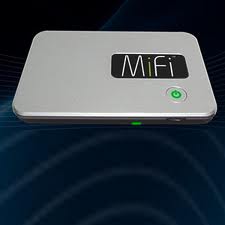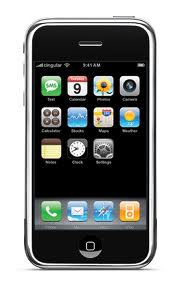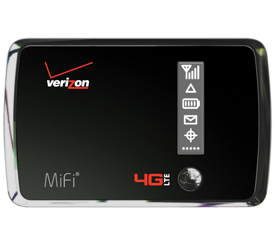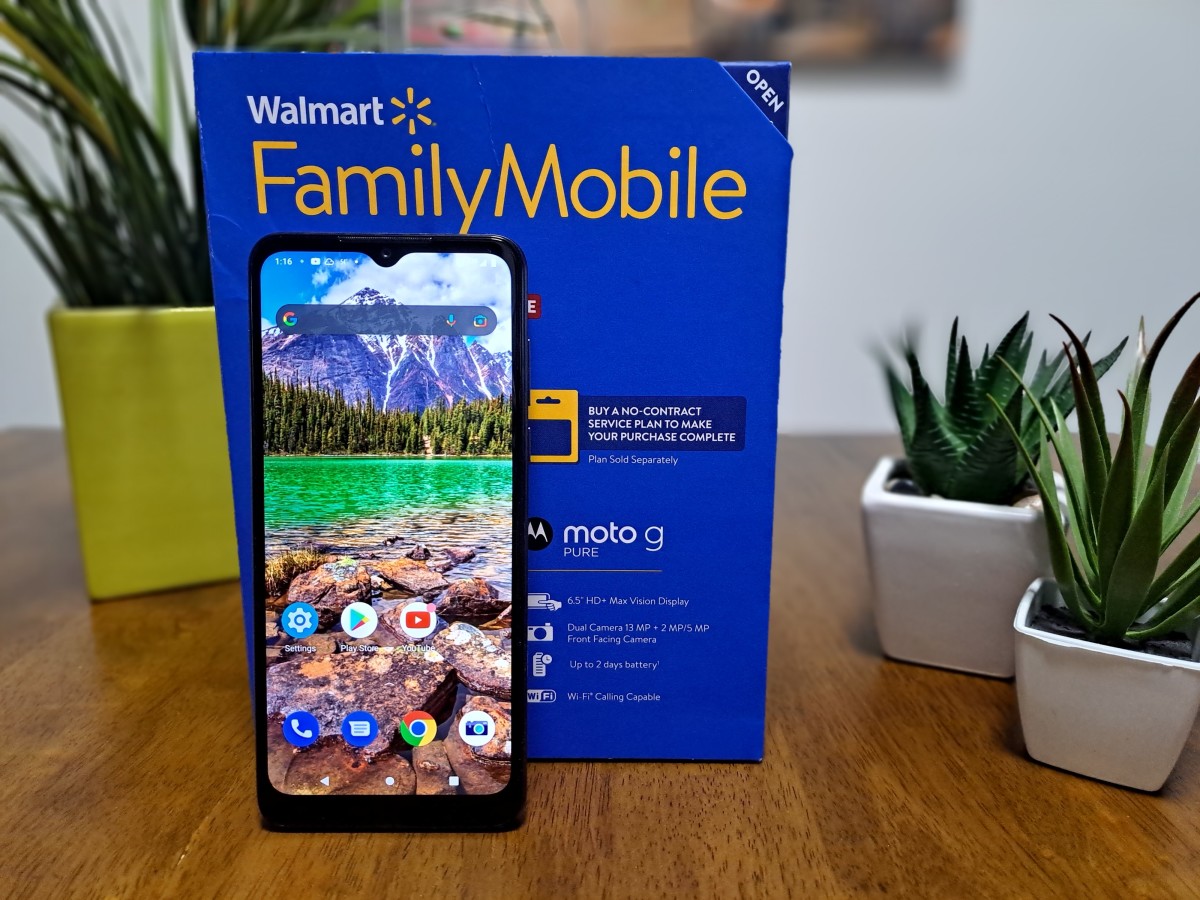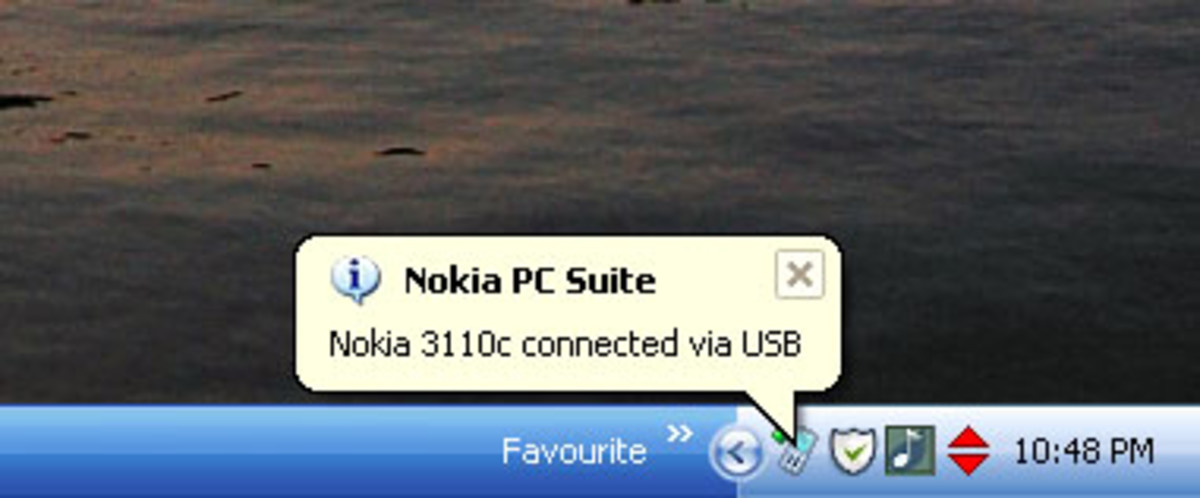Mobile Hotspots (Cellular Backhaul)
What is a Mobile Hotspot?
Mobile Hotspots
More and more, whether for business reasons or personal reasons, we need almost constant internet access for our many many connected devices. How do you connect to the internet when you’re away from your office or home, where broadband connectivity is widely available through DSL, Cable modems, or corporate networks? There is always the hope of finding an unsecure or free Wifi hotspot, like those that exist in libraries or Starbucks stores, but who has time to hunt one of those down. The well traveled person can simply subscribe to mobile broadband service provided by your local cellular service provider (Verizon Wireless, AT&T Sprint/Nextel, TMobile, …). By simply purchasing a USB cellular data modem, and paying a monthly subscription, you can gain mobile access anywhere where cellular data coverage is provided via technologies like CDMA EVDO, HSDPA, WiMax, or LTE. That solution is great assuming you are the only one needing access, but what if you and 2 other colleagues or family members are traveling on business and need internet access from the airport, restaurant, or your clients office.
That’s where a mobile hotspot comes into play. Most cellular service providers now offer MiFi, or mobile hotspot service. Certain devices now exist commercially that server as mobile hotspots. A mobile hotspot is simply a device that serves as a Wifi Access Point locally, where any Wifi enabled device can connect to it, just like you’d connect to your Wifi Access Point at home. The difference is that the mobile hotspot uses cellular technology to backhaul (or connect) out to the cloud (the Internet). These devices have been around for awhile and were made popular by Novatel Wireless under the name of the Novatel “Mifi”. It wasn’t until very recently that the concept really caught on, mainly due to the proliferation of Wifi capable devices.
Set Up
A mobile hotspot is much easier to set up and get running as compared to a USB cellular modem, or even older, a cellular PCMCIA Modem. With both of those, you must load special software and drivers on your computer in order to get the modem working. Anyone wishing to borrow your modem must be provided with the software CD that comes with the modem so they too can install and configure the software prior to being able to use it.
Now, contrast that with a mobile hotspot. As stated above, the mobile hotspot looks like any other Wifi Access point to your computer or device. Today, mostly all laptops and tablet computers come with built-in Wifi capability (802.11 N being the latest). With a mobile hotspot or MiFi, you simply turn the device on, and it starts broadcasting its system ID. In the same way that you’d connect your laptop to any other Wifi network, you’d do the same here, by simply “finding all networks”. Once found, a password is provided with each device, so the end user only needs to know the password, for security reasons, and they are immediately connected. No CD’s, no software, or any other complex setup required. It’s as simple as that.
The device itself, once powered up, automatically connects and authenticates with the cellular network. Once that’s complete, it’s ready to go and is simply waiting for end devices to connect to it’s Wifi front end.
This is no different that the setups most people have in their homes. Typically you will have a Wifi Access point from somebody like Cisco, Linksys, or D-Link. That Wifi Access point then connects into your home broadband connection (either DSL, Cable, Fios, or satellite). The mobile hotspots we’re talking about here have everything you need bundled into one small device. It simply replaced your home DSL or Cable Modem with a cellular connection. Since it connects over the air, the same way your cell phone works, there are no wires so this hotspot can be mobile, hence the name, “mobile hotspot”.
These devices run on batteries and most are small enough to fit into your pocket. This makes the mobile hotspot very conducive to use in remote areas where power isn’t always available (buses, trains, parks, automobiles, the beach, a deck in the back yard, …..) Of course, they can also run directly off electric power as well.
Typically, these devices can share cellular data access with up to 5 separate end users at once. This means 5 connected devices can all be working at the same time. Obviously, the less number of people connected, the better the overall thruput will be.
Business
The most obvious use of the mobile hotspot is in the business world where you and/or your company have multiple people that spend a lot of time on the road, especially in situations where more than one of you are traveling together. You could buy an individual USB cellular modem for each employee, but a single mobile hotspot device can provide the same connectivity for up to 5 people at once.
Another scenario is where you and 2 or 3 colleagues spend a lot of time on site at the customer or client location. Access to the internet through their office or site is usually not possible. With a mobile hotspot, you don’t need to bother your client for connectivity. You simply turn on your mobile hotspot, connect, and you and your colleagues have access to email, and all your back office applications which allow you to be extremely efficient and productive in front of your client.
Since the hotspot is so mobile, you can even place the device near a window where cellular coverage may be better, while you sit elsewhere in a close proximity (typically up to 30 meters) and your connected to the internet.
Consumer
You need not be in a business environment to take advantage of the mobile hotspot. Nowadays, every device the kids have come with built-in Wifi capability. In my household, aside from 4 different Wifi enabled laptop computers, we have 3 iPod Touches, two iPad tablets, and two Nintendo Gameboys, all of which require Internet connectivity. By taking the mobile hotspot on long drives, the kids are all kept entertained whether they are playing games, surfing the net, updating their facebook accounts, or simply sending and reading email. They simply connect their devices to the mobile hotspot while in the car, truck or van. The mobile hotspot provides the high speed cellular connection, providing coverage everywhere your cell phone typically works.
You can make similar use of the mobile hotspot when visiting friends or family members that may not have open Wifi networks. You can keep your kids entertained by them bringing their devices and simply using your mobile hotspot to provide internet connectivity. Mine has been a life saver in several such situation including restaurants where my wife and I would like to talk but the kids are getting whiney. The mobile hotspot typically buys us additional quiet time!!!!
Some people have even chosen to forgo paying for mobile broadband in their house, and instead use the mobile hotspot device for all home connectivity as well. Of course, if someone take the mobile hotspot on the road with them, anyone still at home is left without connectivity.
Devices
Several mobile hotspots or MiFi’s are currently available on the market for both 3G and 4G technololiges. Consult your service provider for additional details including price and data plan options. Mobile hotspots exist in both 3G and 4G technologies.
Smartphones
With the wireless data explosion that’s been taking place everywhere, the proliferation of Smartphone’s is growing exponentially; The good news is that the new Smart phones come with built-in mobile hotspot capability. It started with mobile hotspot capability coming standard in later versions of the Android operating system (HTC Thunderbolt ). After that, Apple also included this capability in their iPhones (VZW iPhone 4 &4s).
What this means is that you may not even need a new or separate device. Operators will typically charge an extra $20/month to enable the Mifi capability on your smartphone, but with this enabled, everything stated above can be done with your phone, and no need to purchase a separate device. How cool is that???
A dedicated mobile hotspot device is more convenient since your cell phone isn’t being tied up serving as a mobile hotspot, but the ability to provide mobile hotspot capability via your cell phone is very convenient.
How to Get Started
You first need to choose which cellular service provider you use. You probably have already selected your mobile service provider of choice for your traditional cell phone service, so not a bad idea sticking with that one. You’re already using them for one reason or another (pricing plans, device selection, coverage area, …) so same considerations should be used for mobile hotspot service.
Each operator will have different offerings so you’ll need to look through their selection of data devices to determine which offer Mifi or mobile hotspot service. Then, you simply purchase the device, sign up for a data plan, and you’re ready to start taking advantage of your new mobile hotspot.
Good Luck!!!
MiFi Photos
